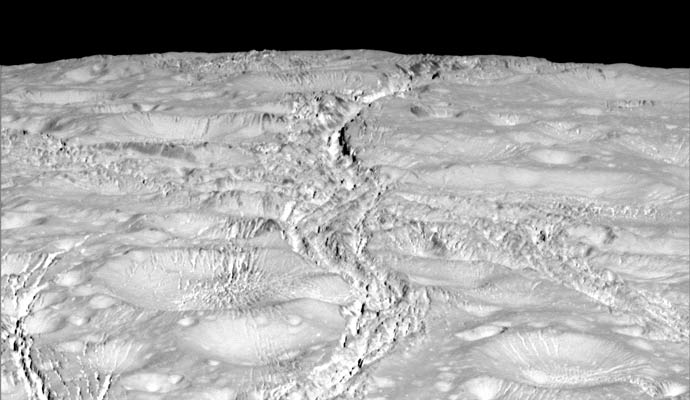
The Cassini spacecraft has just successfully completed the first of three final close flybys of Saturn’s moon Enceladus, and has sent back some spectacular images of the northern regions of this icy and watery world, the best views ever seen so far. Two more upcoming flybys will dive back into the water vapor plumes at the south pole and measure how much heat is emanating from the tiny moon’s interior.
Flying past Enceladus at a distance of 1,142 miles (1,839 kilometers) on Oct. 14, 2015, Cassini took the images and other data which will continue to be sent back to Earth over the next several days.
As expected, this previously little-seen region is heavily cratered, but also features many thin cracks in the surface, just like other areas on the moon. The cracks are part of a global system of fractures in the icy crust. Other interesting textured terrain can also be seen, reminiscent of some of the terrain seen on Europa and Pluto. Deep cracks and fissures are also common on Europa, where the ice shell also overlies a global subsurface ocean.
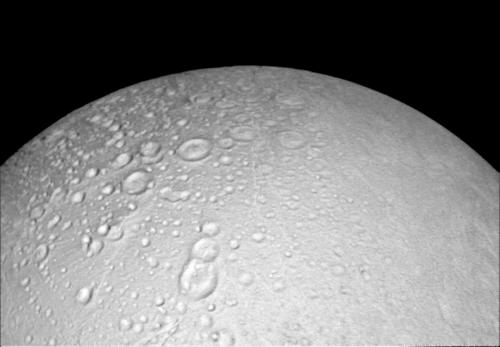
“The northern regions are crisscrossed by a spidery network of gossamer-thin cracks that slice through the craters,” said Paul Helfenstein, a member of the Cassini imaging team at Cornell University, Ithaca, New York. “These thin cracks are ubiquitous on Enceladus, and now we see that they extend across the northern terrains as well.”
Such fissures are very common on Enceladus, making the moon, which is generally bright white in color, sort of look like a giant cracked eggshell. The most well known are the “Tiger Stripes” at the south pole, where the huge water vapor geysers erupt from, originating from a subsurface ocean of water. Whether similar geysers also exist at the north pole isn’t known yet, but the images do show that this region, like the rest of Enceladus, is geologically active.
The next flyby will be on Oct. 28, 2015, and will be the closest approach ever, at a distance of only 30 miles (49 kilometers) – the images from that flyby will be even better! This time, Cassini will pass over the south polar region again, and make its deepest-ever dive through the water vapor plumes. Previous flybys through the plumes have revealed that they contain water vapor, ice particles, sodium, potassium, methane, carbon monoxide, carbon dioxide and nitrogen, as well as both simple and complex organics.
Further analysis is of particular interest to Cassini scientists, since the geysers can provide information about the conditions in the ocean below. The bottom of the ocean is also thought to be in contact with the rocky core, similar to on Earth, which could provide chemical nutrients to any possible life forms. There is also evidence for current hydrothermal activity on the ocean bottom. On Earth, similar deep sea vents are oases for a wide variety of life. Could the same thing have happened on Enceladus? With water, heat and organics, the Enceledean ocean is considered to be one of the potentially most habitable environments elsewhere in the Solar System.
“The global nature of Enceladus’ ocean and the inference that hydrothermal systems might exist at the ocean’s base strengthen the case that this small moon of Saturn may have environments similar to those at the bottom of our own ocean,” said Jonathan Lunine, an interdisciplinary scientist on the Cassini mission at Cornell University in Ithaca, N.Y. “It is therefore very tempting to imagine that life could exist in such a habitable realm, a billion miles from our home.”

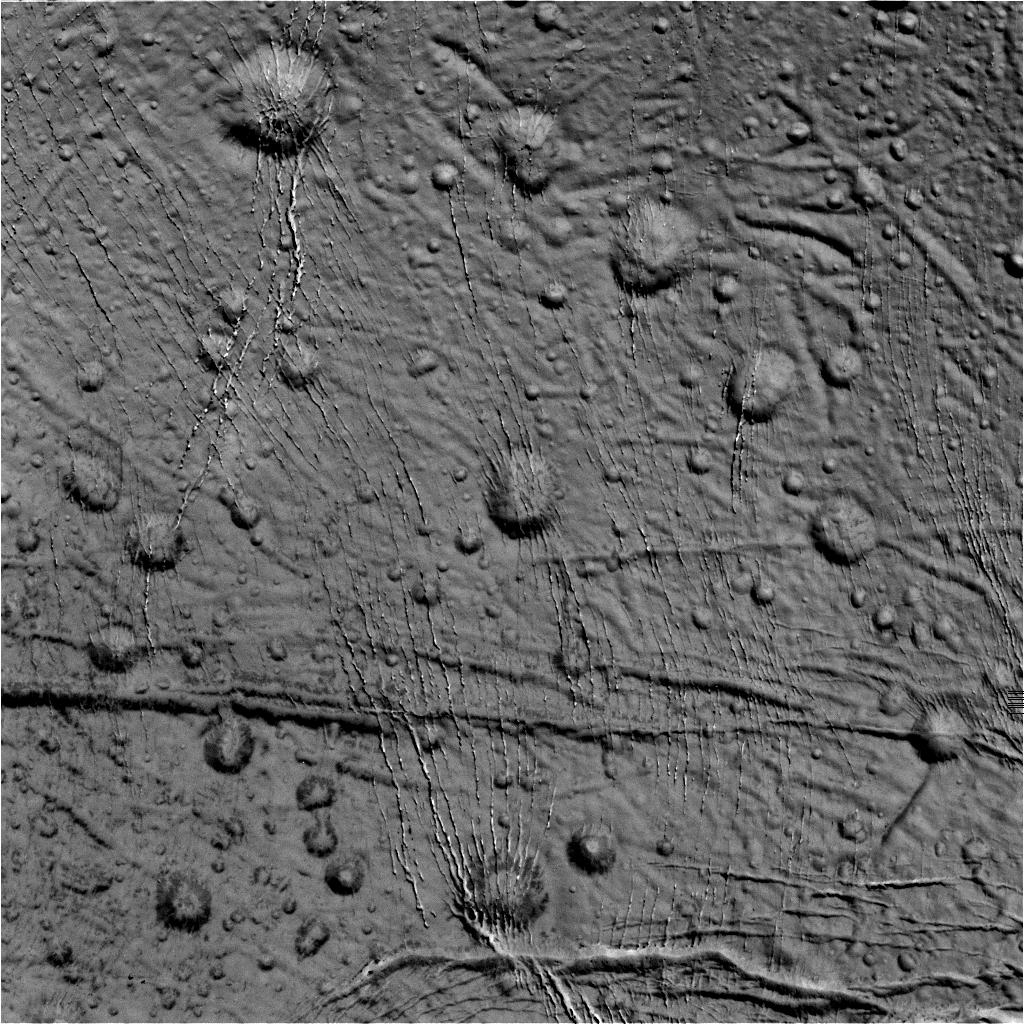
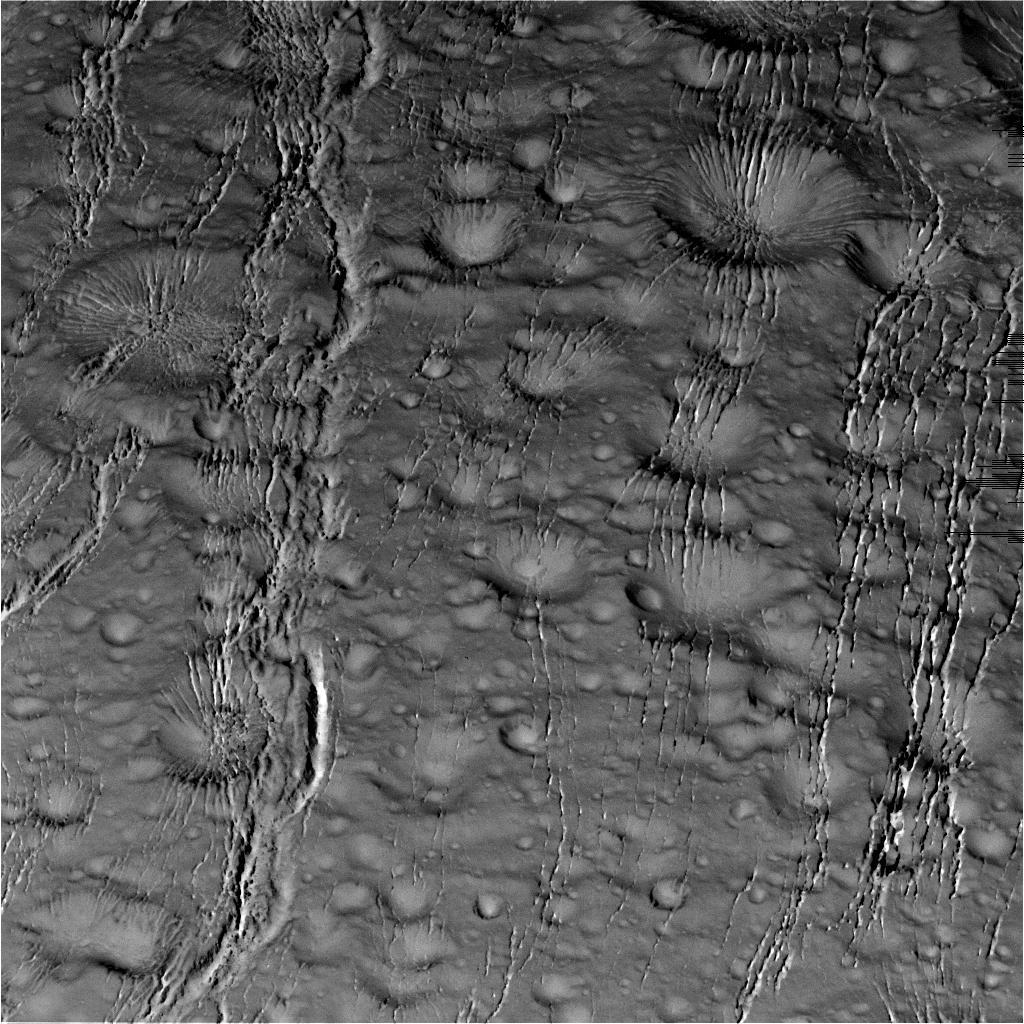
Other evidence has shown that Enceladus’ ocean is salty, similar to soda lakes on Earth.
The final flyby will be on Dec. 19, 2015, during which Cassini will take more measurements of the heat coming from the moon’s interior. Cassini will pass by Enceladus at a distance of 3,106 miles (4,999 kilometers).
Additional raw images from this first flyby are available on the Cassini website. There is also an online toolkit for all three flybys.
While Cassini can study Enceladus and its geysers in unprecedented detail, it isn’t designed to directly find life, if there is any. It can discover more clues, but being able to detect biological processes will likely require a follow-up mission such as the Enceladus Life Finder, which is now being planned. Since the geysers originate from the ocean below, they can be sampled for such evidence without having to drill through the ice shell. If any microorganisms were in the plumes, they could be ejected right into space. A fascinating thought for a world so far from the Sun.
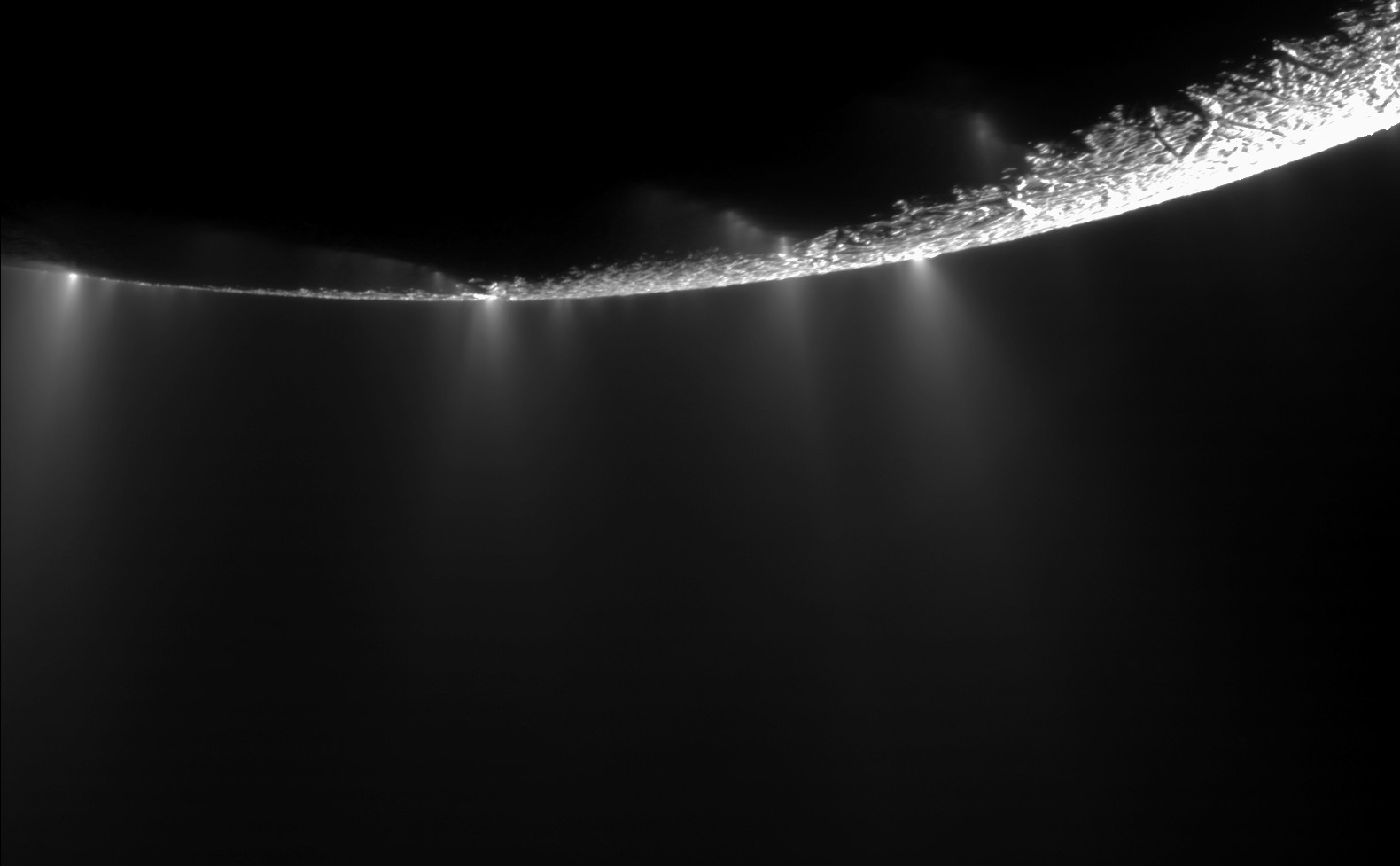
The Cassini-Huygens mission is a cooperative project of NASA, ESA (European Space Agency) and the Italian Space Agency. NASA’s Jet Propulsion Laboratory in Pasadena, California, manages the mission for the agency’s Science Mission Directorate in Washington. JPL is a division of the California Institute of Technology in Pasadena. The Cassini imaging operations center is based at the Space Science Institute in Boulder, Colorado.
Continue to follow AmericaSpace for more updates as they become available. More information about the Cassini mission is also available here.
Want to keep up-to-date with all things space? Be sure to “Like” AmericaSpace on Facebook and follow us on Twitter: @AmericaSpace
Missions » Europa Mission » Missions » New Horizons »




Wow…
We are in the midst of a spectacular explosion of information coming from the planetary emissaries. The Cassini images continue to provide scientists with tantalizing clues that will lead to the eventual discovery of life in our solar system.